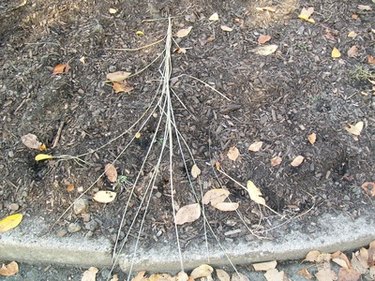
Soil water is the term for water found in naturally occurring soil. Soil water is also called rhizic water. There are three main types of soil water - gravitational water, capillary water, and hygroscopic water - and these terms are defined based on the function of the water in the soil.
Gravitational Water
Video of the Day
Gravitational water is free water moving through soil by the force of gravity. It is largely found in the macropores of soil and very little gravitational water is available to plants as it drains rapidly down the water table in all except the most compact of soils.
Video of the Day
Capillary Water
Capillary water is water held in the micropores of the soil, and is the water that composes the soil solution. Capillary water is held in the soil because the surface tension properties (cohesion and adhesion) of the soil micropores are stronger than the force of gravity. However, as the soil dries out, the pore size increases and gravity starts to turn capillary water into gravitational water and it moves down.
Capillary water is the main water that is available to plants as it is trapped in the soil solution right next to the roots if the plant.
Hygroscopic Water
Hygroscopic water forms as a very thin film surrounding soil particles and is generally not available to the plant. This type of soil water is bound so tightly to the soil by adhesion properties that very little of it can be taken up by plant roots. Since hygroscopic water is found on the soil particles and not in the pores, certain types of soils with few pores (clays for example) will contain a higher percentage of it.